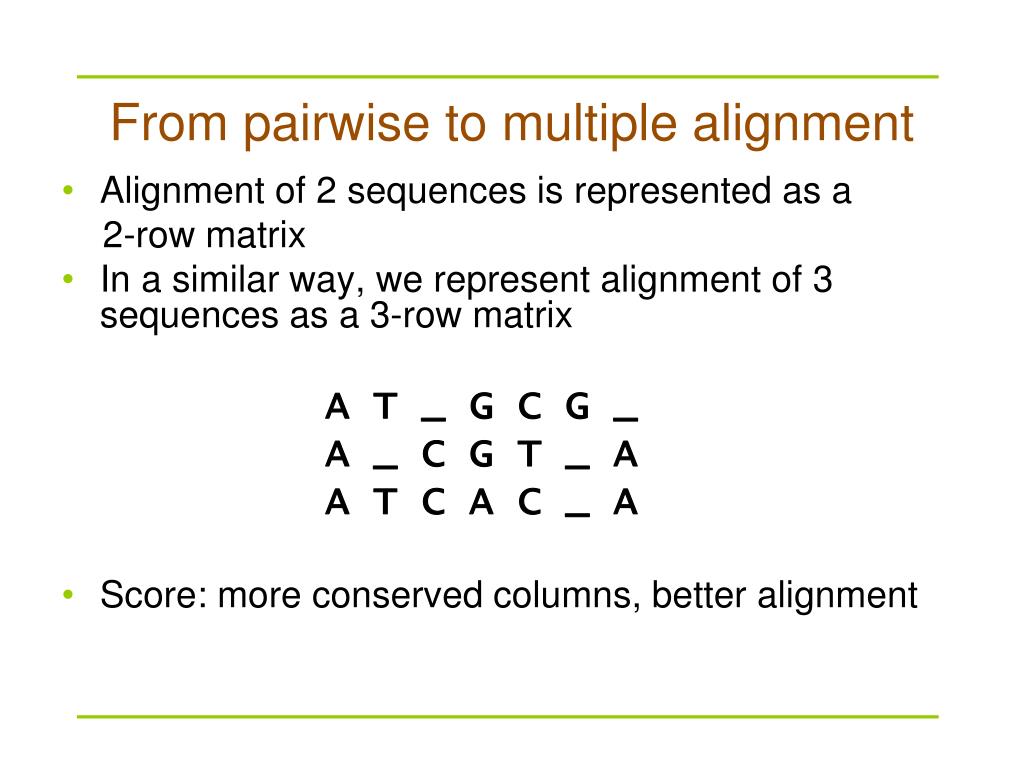
If the AI Act follows a similar timeline, it may be years before significant oversight is in place. Recent fines on Amazon (€746 million) and WhatsApp (€225 million) for privacy violations demonstrate the EU’s willingness to use its regulatory powers, but most of the significant penalties have come two years after the implementation and four years after the passage of the GDPR. Consider the case of General Data Protection Regulation (GDPR). Debate on the act’s contents is still ongoing it is also worth noting that, if passed, these new rules could take some time to take effect. Although there is still much uncertainty in how the AI Act rules would be enforced, existing regulatory agencies within EU member states are likely to take on much of the work. The AI Act would affect other types of AI, such as by requiring disclosure of low-risk AI systems and banning a few categories of AI, but these will likely result in fewer international trade and regulatory considerations. Most prominently, this proposed AI Act, which would create regulatory oversight for a wide range of high-risk AI applications in both digital services (e.g., hiring and admissions software) and physical products (e.g., medical devices). The extensive engagement of the EU on these issues likely elevated AI policy into the TTC. Further, government officials who participated in the meeting expressed optimism about shared intentions around AI governance, specifically citing the consensus on both a risk-based approach and over prohibiting extreme cases of governmental social scoring ( see Annex III of the EU-U.S. This was by no means guaranteed, as other issues deliberated in the inaugural TTC convening in Pittsburgh have far longer histories as bilateral policy issues, including semiconductors, investment screening, and export controls. It is perhaps with this in mind that the September 2021 TTC meeting prominently included a discussion of AI policy. Further, a more unified international approach to AI governance could strengthen common oversight, guide research to shared challenges, and promote the sharing of best practices, code, and data. An ideal outcome would be the implementation of meaningful governmental oversight of AI, while also enabling these global AI supply chains. These considerations complicate AI governance, although they should not be used as an excuse to eschew necessary protections- the many arguments for which I will not repeat here. Edge and federated machine learning techniques enable physical products around the world to share data that affects the function of their AI models. Retraining and transfer learning enable different teams to jointly develop an AI model with many datasets while working out of multiple countries. For example, AI systems may be hosted in the cloud and accessed remotely from anywhere with an internet connection.

The variety of different ways that AI can be trained and deployed also complicates this picture. That is, the increasing ubiquity of AI in online services and physical devices means that any new regulations will have important ramifications for global markets.

The expansion of AI governance raises concerns about looming challenges for international cooperation.
Multiple alignment torrent#
Since 2017, at least 60 countries have adopted some form of artificial intelligence policy, a torrent of activity that nearly matches the pace of modern AI adoption. But there are other steps that these leading democracies can take to build alignment on curtailing AI harms. These developments are promising, as is the inclusion of AI issues in the new EU-U.S. closer to that of the European Union (EU). A range of regulatory changes and new hires from the Biden administration signals a more proactive stance by the federal government towards artificial intelligence (AI) regulation, which brings the U.S.


 0 kommentar(er)
0 kommentar(er)
